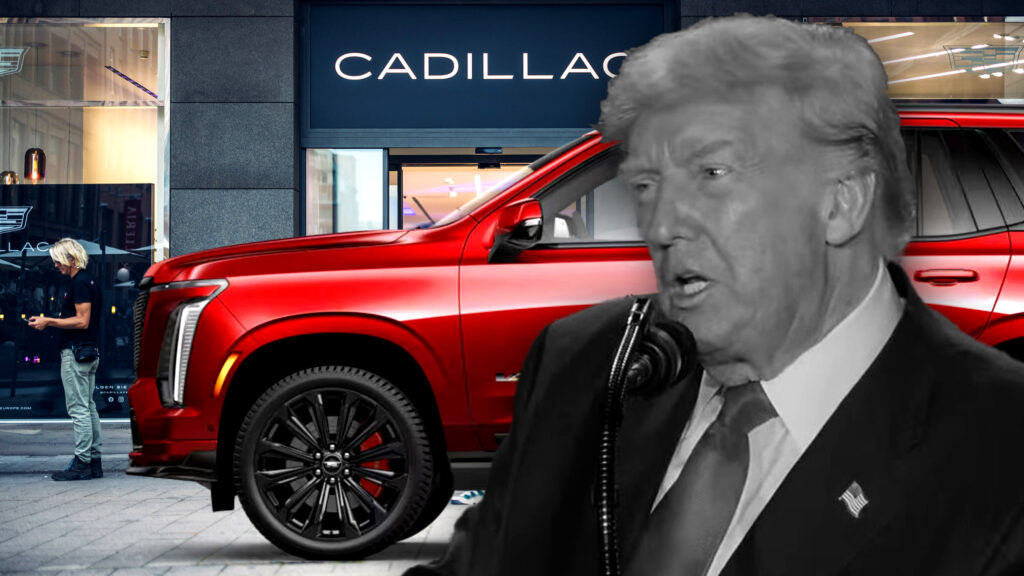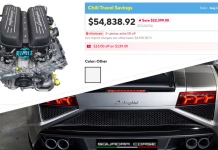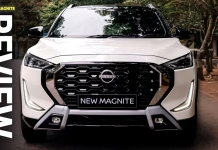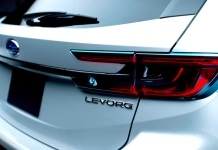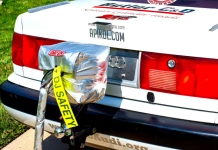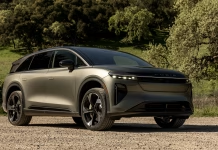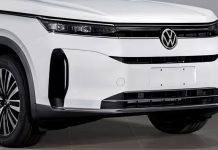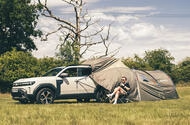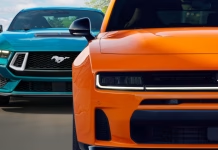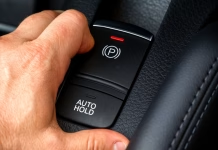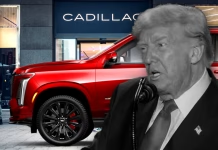Would You Risk $58K on a Used Lamborghini V10 Engine From an Unknown Seller?
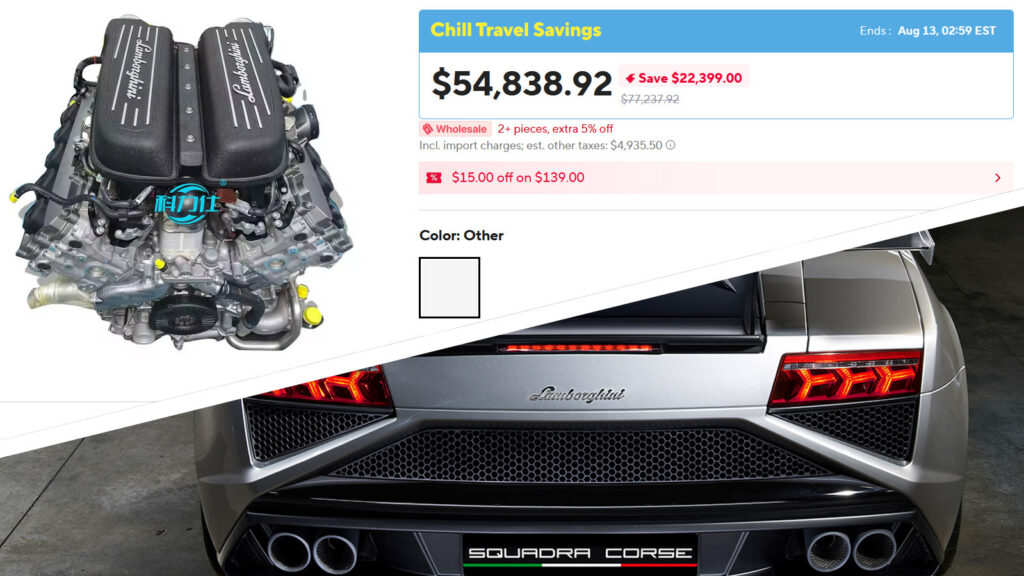
Nissan Magnite Review: The Affordable SUV Transforming Emerging Markets
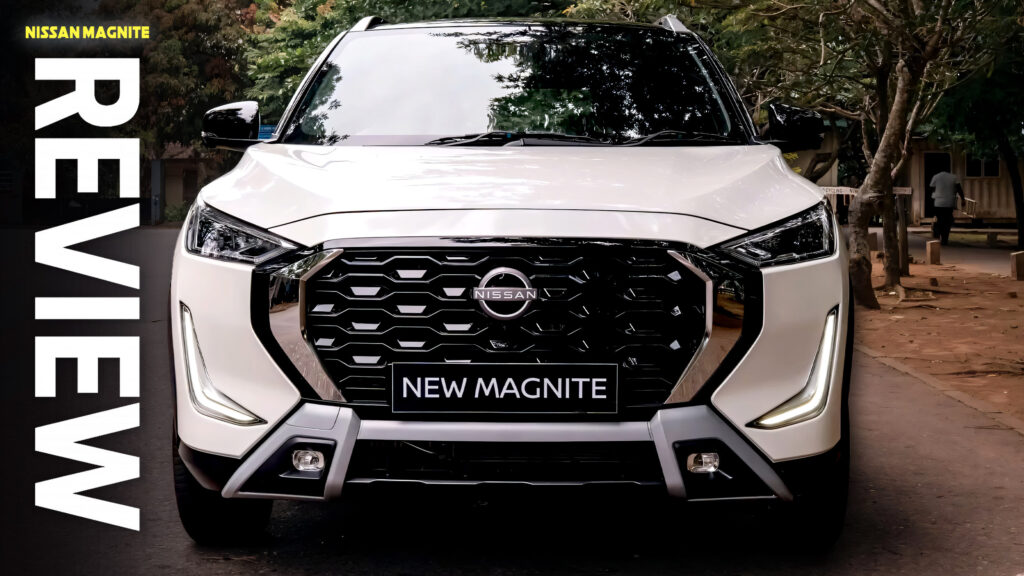
Subaru Levorg Set for 2026 Revamp With Sportier Design and Hybrid Power
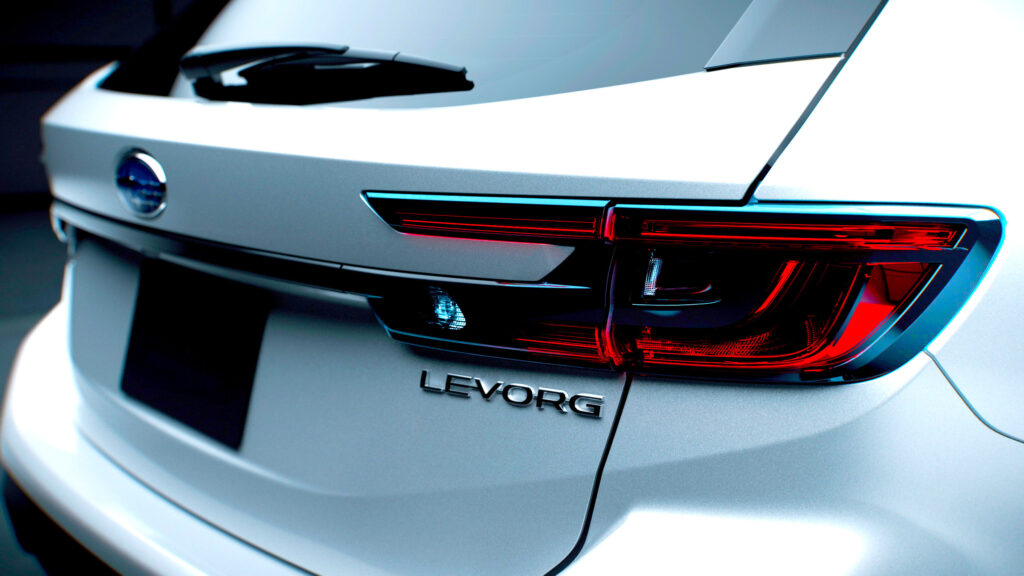
World Record Audi S4 Hits Auction: Own the 1,155-HP, 261 MPH Bonneville Legend
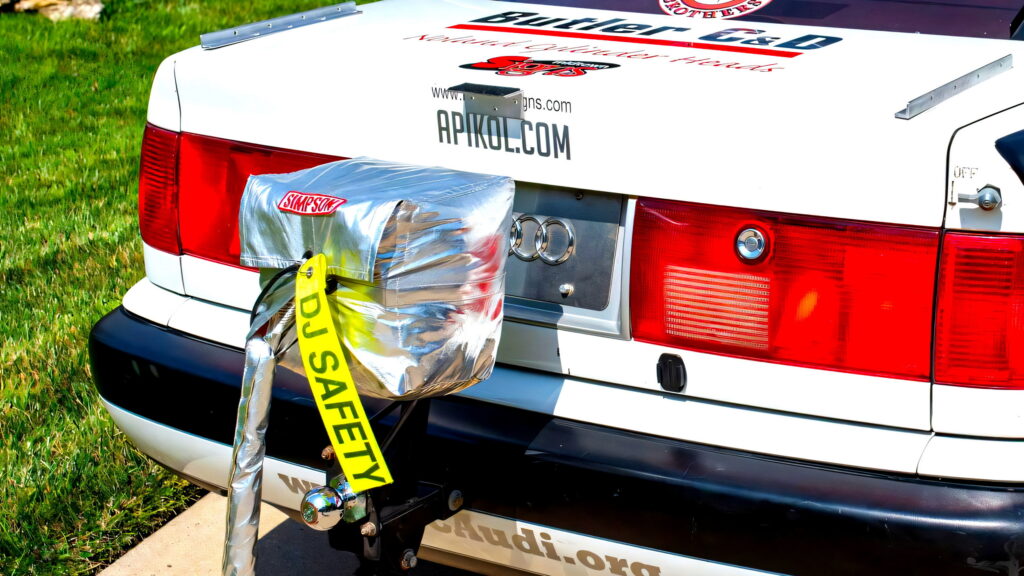
Can Lucid Survive as Losses Mount and Investors Grow Wary?
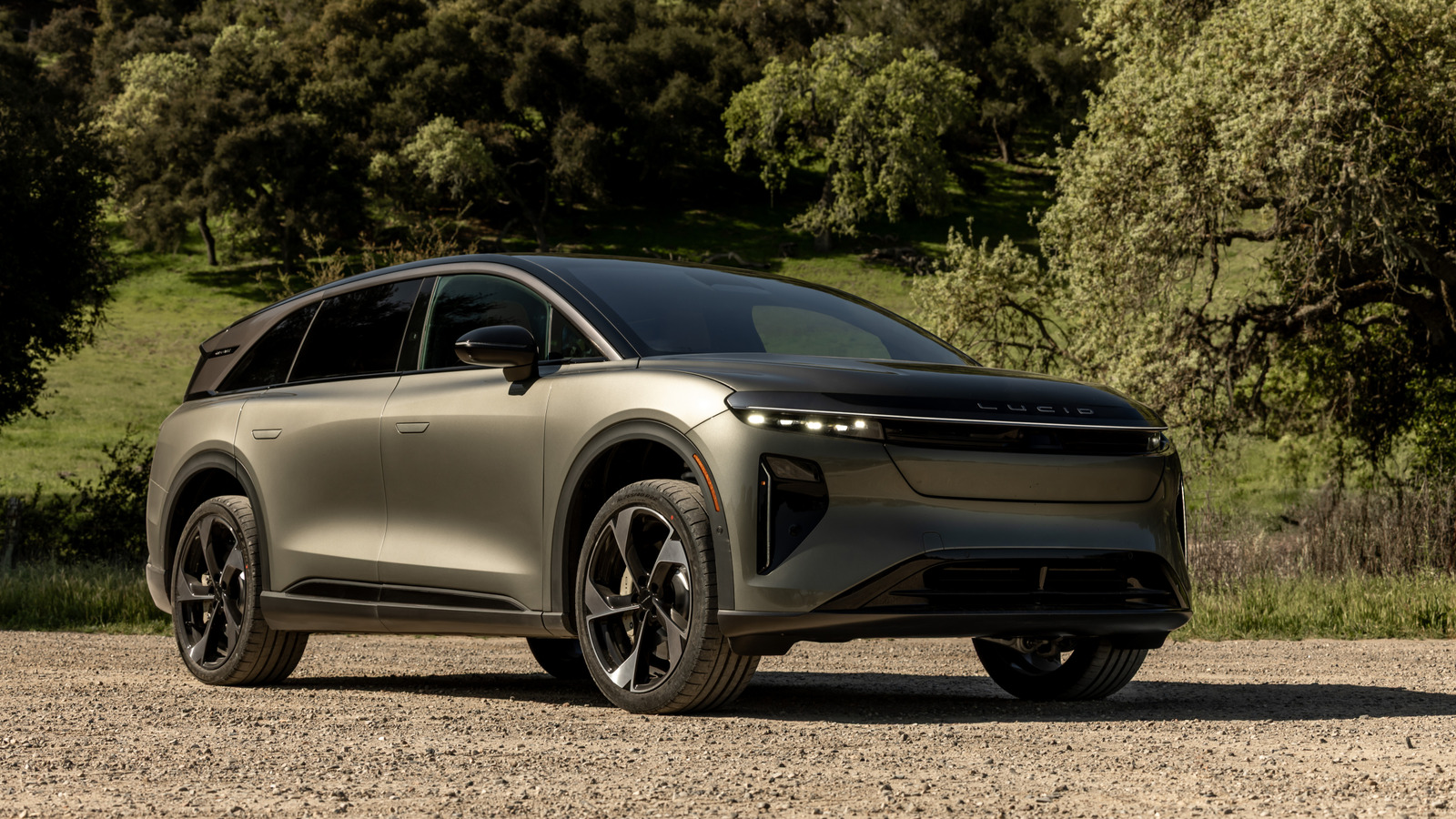
2026 Tavendor SUV Debuts in China With Bold Facelift and More Power
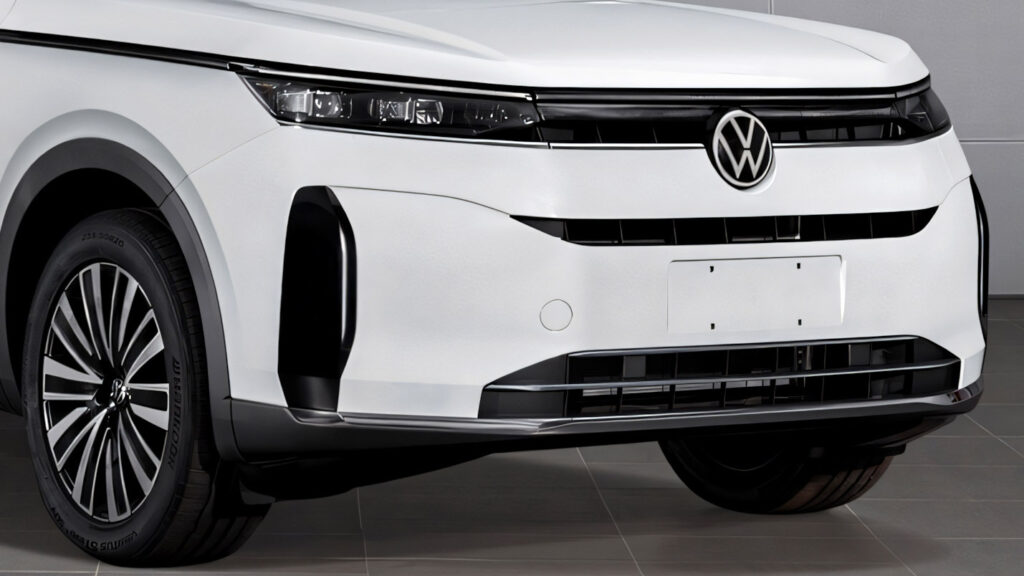
Sleeping in Style or Camping Chaos My Night Testing the Car Bed That Promises...
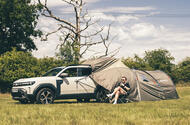 The InNature Sleep Pack features a fold-out bed, a double(ish) mattress and a tent
The InNature Sleep Pack features a fold-out bed, a double(ish) mattress and a tent
If a recently married man tells people he’s going to be sleeping in his car that night, concern, it seems, is the immediate reaction. “No,” I tell them, “this is for fun.”
Little do they know that the Dacia Duster I will be using is fitted with a fold-out bed, a double(ish) mattress and a tent, all of which combine to create a set-up that is poised to turn even the most bougie of Glastonbury glampers a shade of jealous green – especially given the extras cost... £2090!
Am I about to experience the future of camping? Is this the camper van killer? We’re all about to find out with a night in a New Forest field.
In classic fashion, I hit the first obstacle before I’ve even turned the engine on: there’s no boot space. The new Duster has a pretty cavernous 517-litre load space, yet the InNature Sleep Pack Ultimate (to give the fold out bed its official name) takes up the lot. Insert face-palm emoji here.
There is some space under the bed’s supporting structure, but that’s needed for the tent itself. Luckily, though, tonight it’s just me – the wife laughed and said “no thanks” – so my overnight bag, some food and basic survival equipment can go on the back seats.
I arrive at my base for the night about 45 minutes later. Despite the extra weight in the back, the Duster doesn’t drive any differently, and there’s no sign of the economy dropping below the official average of 56mpg. It’s about 1pm as I park up. It’s clear I’ve drawn a short campsite straw, because my space has no shady tree coverage and the car’s temperature gauge is currently reading 38deg C. No better time to start setting up camp, then…
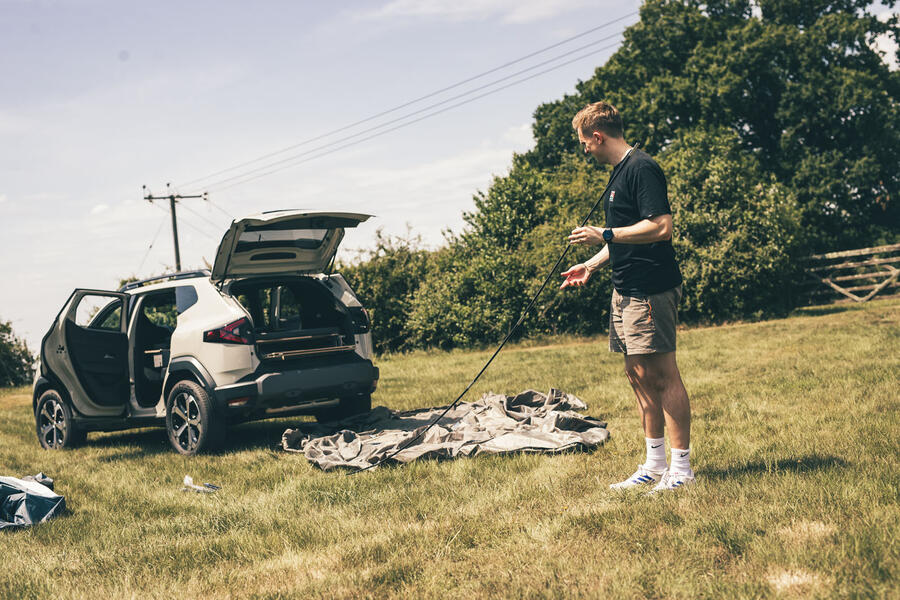
The first job is to make the bed, so to speak. I did carry out a small trial at home to make sure it was working. It all made sense, but my lasting impression was that this was going to be a bit of a faff. And so it proves.
First, lower the rear seats flat and push the front seats as far forwards as they go. Next, pull out the wooden bed base, which is heavier than it looks – mind your fingers, like I didn’t – and clip it into place. Then fold out the mattress, add some extra side cushions (to stop you falling into the footwell), attach the window blackouts, which magically snap into place, and… done. This time it was all rather painless – bar the finger.
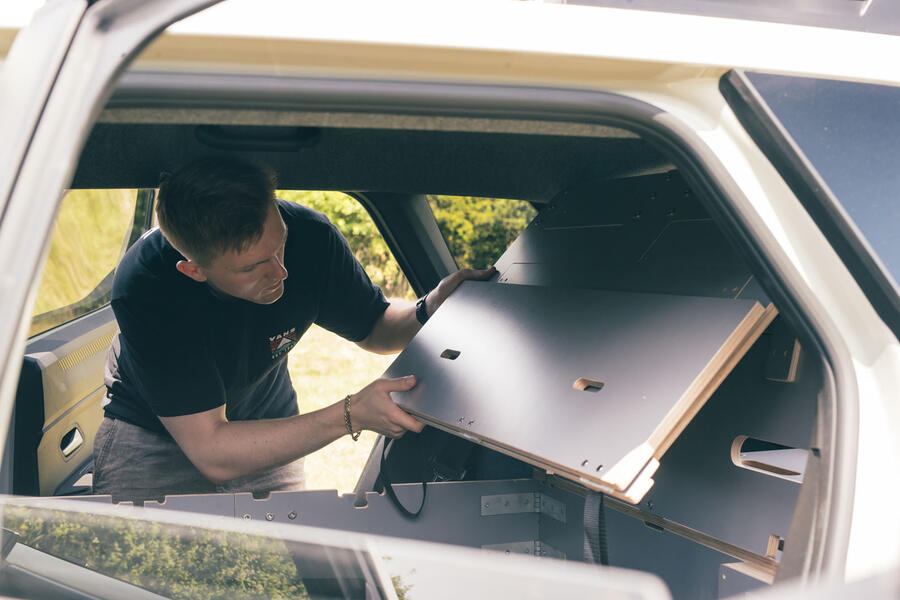
Now, the tent. Anyone who has put up a tent before knows it’s never easy, but having pulled the synthetic canvas house out of the bag, I can tell this is going to be a different level of misery.
Never mind pinning down four corners and popping it up into place; instead, one of the tent’s sides connects to the Dacia’s open boot, and I find out quickly why this is an issue: the open side means the wind can get in, and the wind getting in means the tent keeps trying to fly away, which then pulls out the pegs that are already (not) pinning it all down. Lord have mercy…
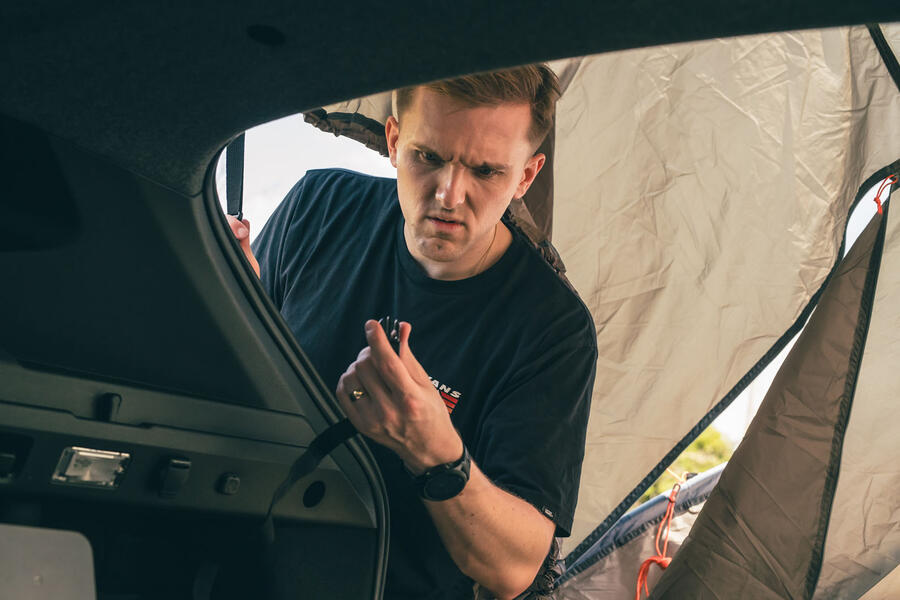
At this point I realise my campsite neighbours have formed a small crowd and are staring at me, wondering what on earth is going on. “It’s the future,” I preach to one. He’s not buying it. They definitely think I’m mad. I think I’m mad.
Back to the tent, and I manage to get three poles in – two for the main structure, one for the door – and then go about securing the open side to the car. But this just brings more confusion. Which cord goes where? What does this bit do? And why is this bit not attached?
I finally relent and read the manual, which cheerily tells me simply to ‘connect straps to the car’. Thanks very much. I don’t think this is what it meant, but I decided – for the sake of ease – to tie them to door handles, alloy wheels, door mirrors and even the bootlid’s hydraulics.
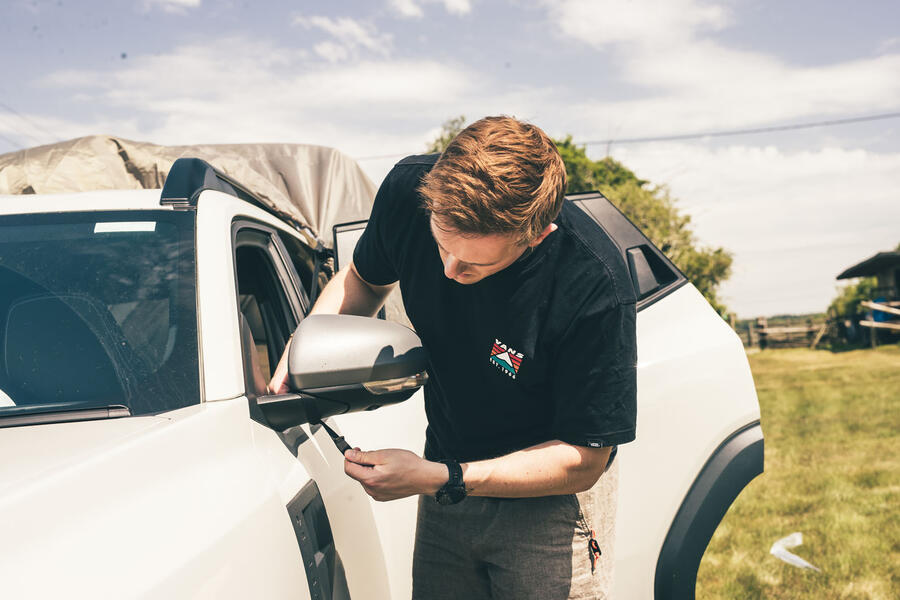
About 40 minutes later the tent is at last erected and pinned down, the guy ropes are in place and the inner compartment – used here for my bags given I’ve got a swanky bed and I’m enjoying the overnight experience on my own – is sorted. As you can imagine, I’m very proud.
My neighbours are still watching; is that envy I see in their eyes? Actually, no – they’re laughing at it. At me. I take a step back to see what the finished setup looks like and it’s clear what everyone is finding so funny: it’s the campsite equivalent of a proud four-year-old’s squiggly drawing of who knows what. (In case you were wondering what it’s supposed to look like when assembled by someone competent, there’s a Dacia press picture of a Jogger with the tent just below and to show you.)
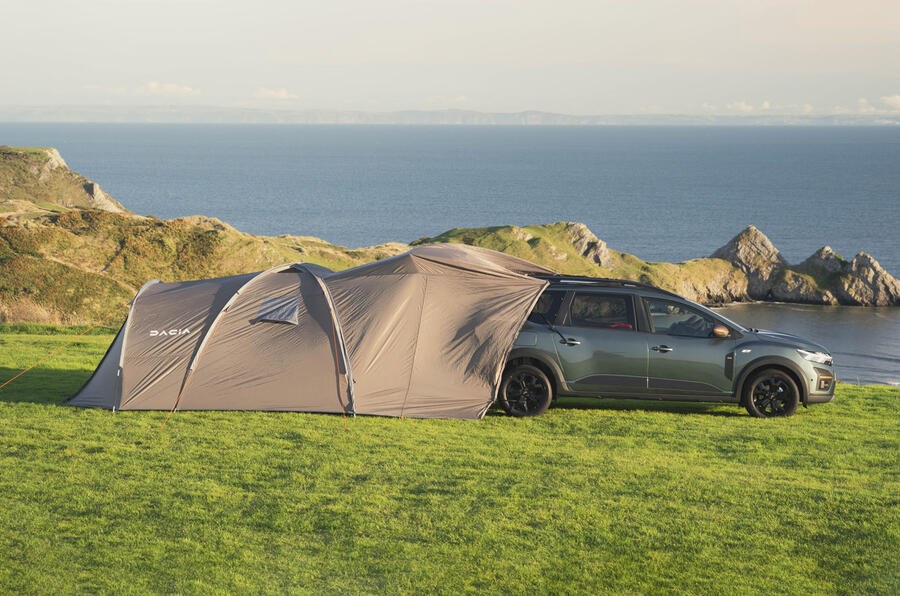
Regardless, I spend the night and, to my surprise, it’s quite a relaxing experience: this has actually bettered any tent excursion I’ve had previously. The mattress and blackout coverings are especially brilliant. I wouldn’t, however, recommend this to the claustrophobic among you: I got really quite close to the car’s roof.
So to answer my earlier question: is this the future of camping? Is the InNature Sleep Pack Ultimate addition a camper van killer? Er, not really, but it’s a fun idea. For those of you considering taking the plunge, make sure you (a) have a garage in which to store the main structure when not in use, because keeping it in the boot has been quite annoying from a luggage space point of view, and (b) maybe think twice about the tent itself. It looks bloody cool when it’s finally up, but getting there was the biggest faff of my life. Happy camping!

Charger Sixpack vs Mustang V8 Showdown Which Muscle Car Reigns Supreme in 2025
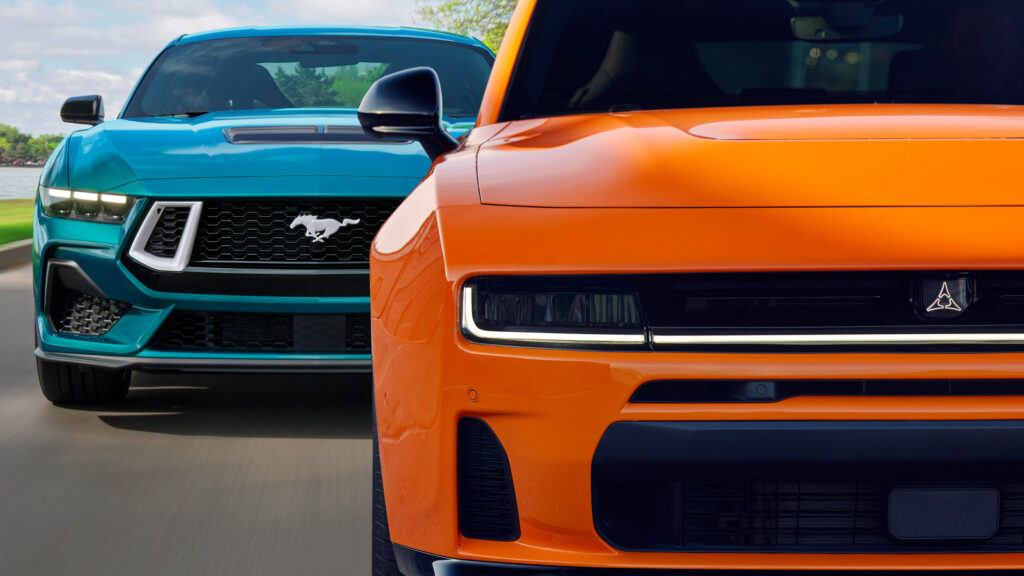
What Really Happens When You Pull the Electronic Parking Brake While Driving
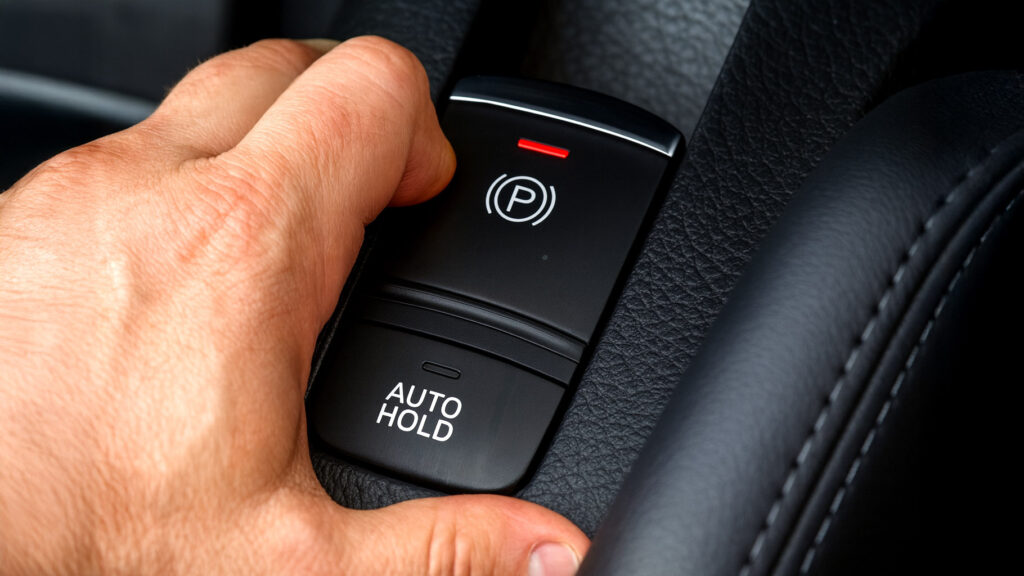
Why Big American Cars Struggle to Win Over Japan and Europe
